Automatic OTF knives are all the rage right now. They have cool technology and they flagrantly go against what your mom always told you was legal. “Out-the-front” knives offer interesting features in a huge range of prices.
But, are they legal?

What Is An OTF?
Automatic OTFs are knives that don’t require two hands to use. They open by pressing a button or slide. You know about folding switchblades, but those require you to hold the knife daintily so that the blade can swing out from the handle. There’s a spring that’s loaded when the blade is folded and the button releases the knife to unfold, thus unloading the spring. To close, you usually have to slide a button to unlock the blade and then fold — basically requiring two hands to fold it.
Butterfly knives aren’t automatic, but they are “gravity knives” and fall under the same legislation as switchblades — though I never could figure out what was so great about them. If you need to unfold your knife with one hand, a butterfly or balisong knife is an option. Other gravity knives slide out the front of the handle but don’t use springs to assist.
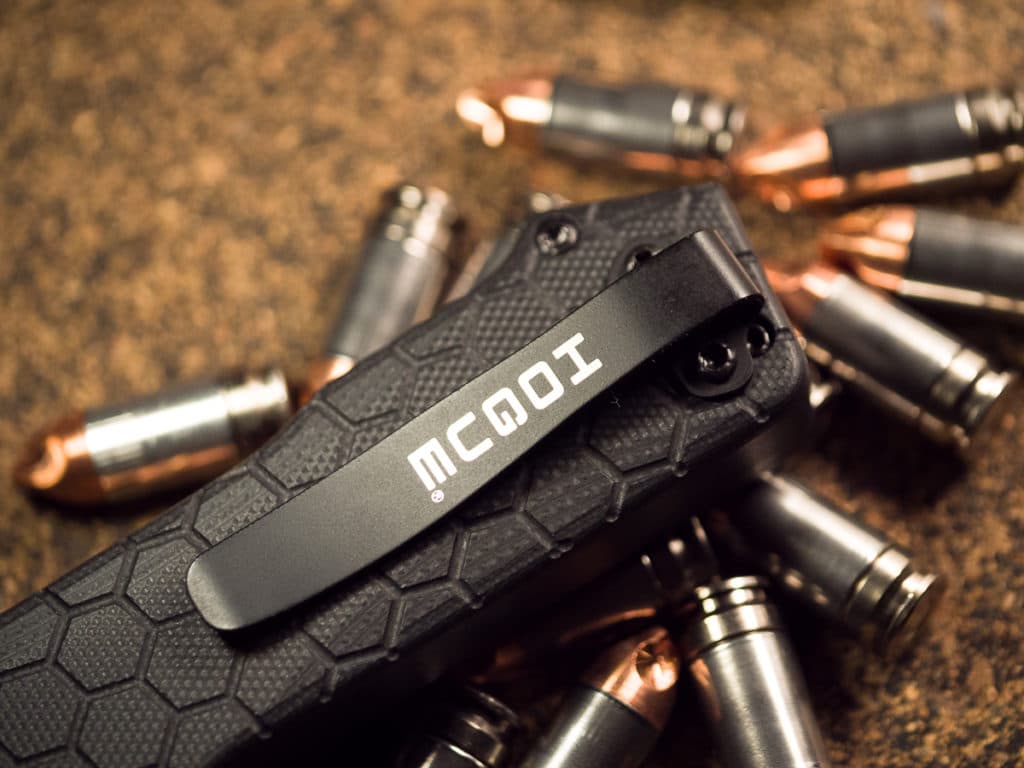
OTF knives are automatic, but the blade doesn’t swing out like a folding knife. Instead, the blade is ejected straight out the end of the handle. Out the front. The thing that sets these apart is that the blade can retract the same way it came out. These are double-action or compound automatic OTFs
No Spring Load
I have an old switchblade I found while tearing up the carpet in my first house. It’s slim, which probably reduced the mass of the blade so it would deploy more quickly. And it doesn’t function anymore. It sat closed — so the spring was loaded — for so long that the spring no longer has the power to flip the blade out on its own. I thought it was cool contraband when I found it, but it’s nothing like as cool as modern OTFs.
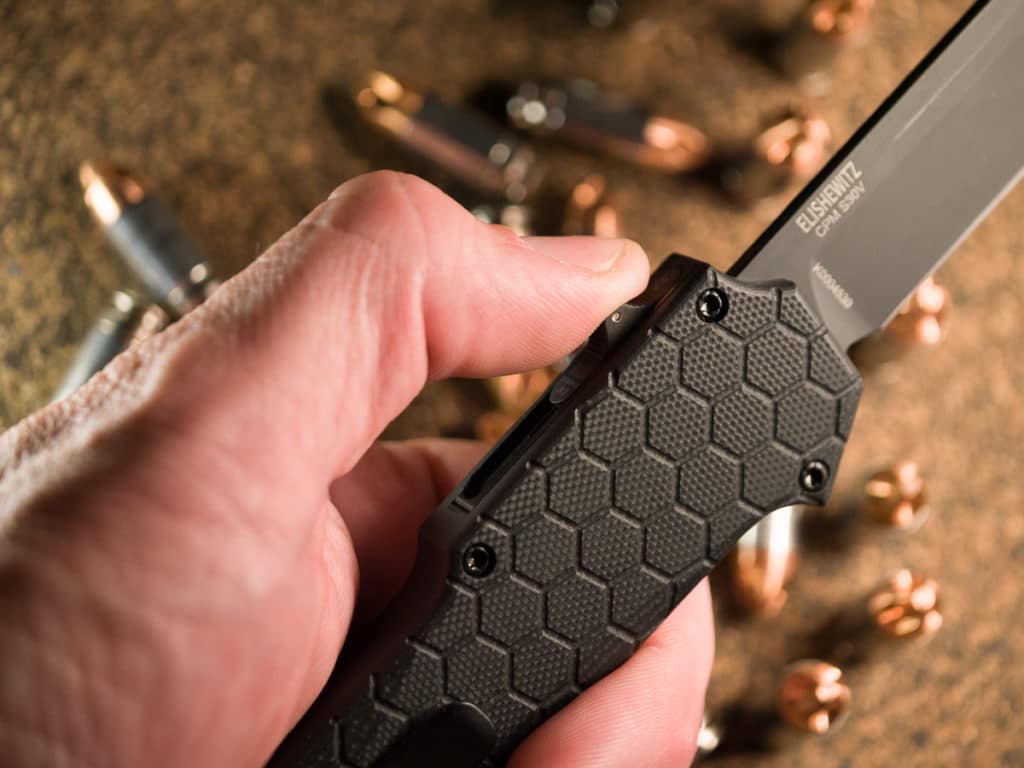
You’ll be shocked the first time you use an automatic OTF knife. The blade shoots out of the end swiftly when you press the button. But then, it shoots back into the handle with as much force. I couldn’t understand how it worked. It seemed like perpetual motion, loading one spring with the force of another spring that loaded the first again.
In reality, it’s much cooler, and it’s amazing that a simple design like this can still be invented. The springs that eject the blade are not under tension when the blade is concealed nor when it is fully deployed.
The internal springs are only loaded when the button is slid forward. As you slide the button, it kinda overcomes a ramp, and then the springs release and the blade shoots outward. When you slide the button back, it loads the springs again and overcomes the block, shooting the blade back inside.
The cool thing is, even if this knife sits under a carpet for 40 years, it’ll still work just fine because the springs aren’t under load all that time.
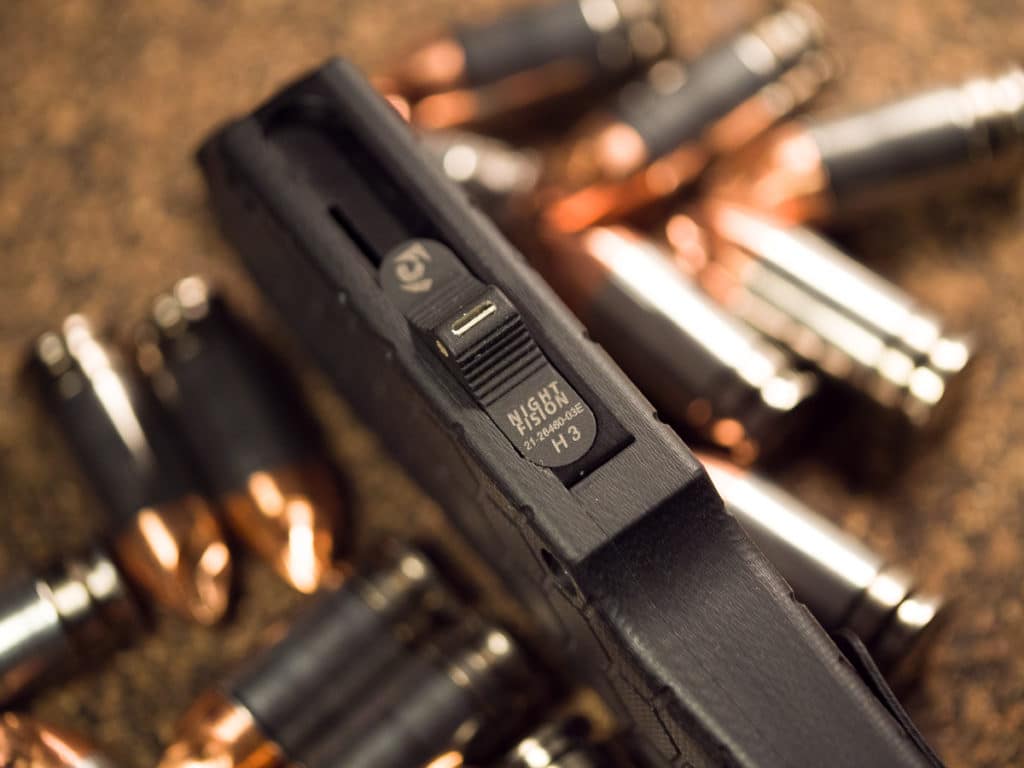
The Hogue Compound, sold here at Unique-ARs, has an aluminum frame with G10 scales and a CPM S30V stainless steel tanto-profiled blade. Its button includes a glow-in-the-dark insert.
But Are OTFs Legal?
You’ve probably heard that switchblades are illegal. I know I was always told that. In the 1957 film 12 Angry Men, the jury was aghast when Henry Fonda brought a switchblade knife into their deliberations. A year later, the Federal Switchblade Act of 1958 was enacted, and I suspect the movie influenced it.
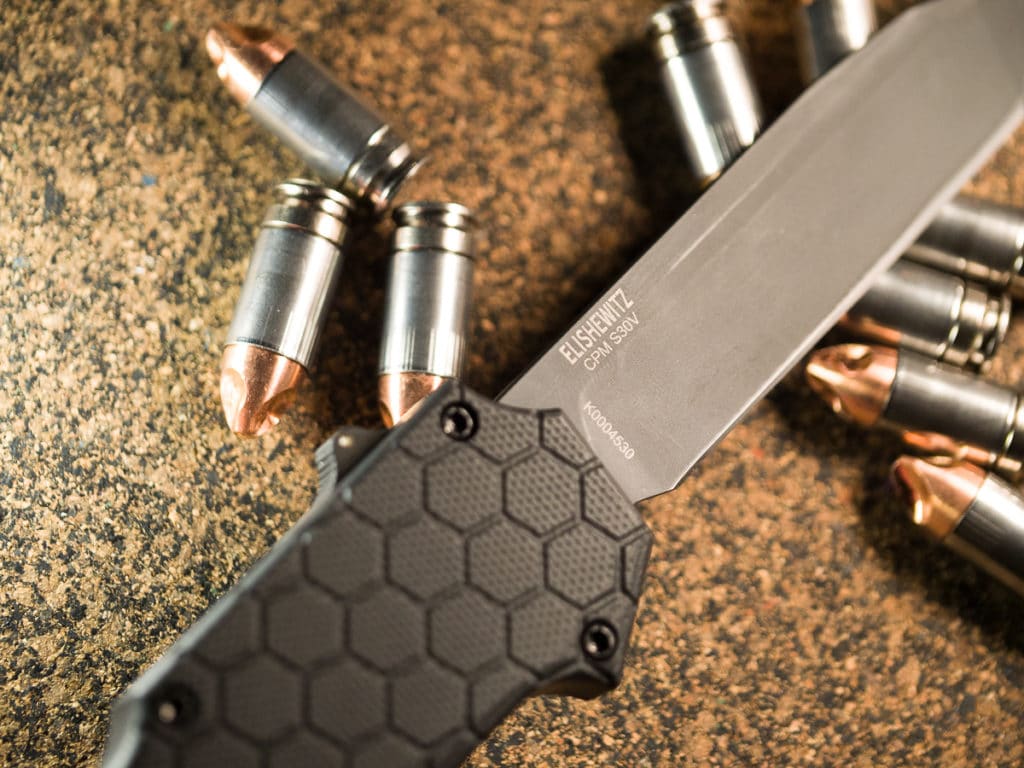
Amazingly, that act doesn’t limit your freedom to carry an automatic knife. It’s concerned with the interstate sale of automatic knives, but it’s left to the states to make laws regarding carrying.
So, automatic OTF knives are not made illegal by the federal government.
Ok…Are They Legal In My State?
States that completely prohibit automatic knives include Hawaii, Minnesota, New Mexico, Pennsylvania, Delaware, and New Jersey.
Automatic knives are legal in the other 44 states, though a few of those have specific restrictions. This map from the American Knife and Tool Institute shows which states have restrictions and which states have prohibitions. You should know that this article is not legal advice, but the AKTI website is loaded with excellent information and links to the sources for all the laws. I recommend checking them out.
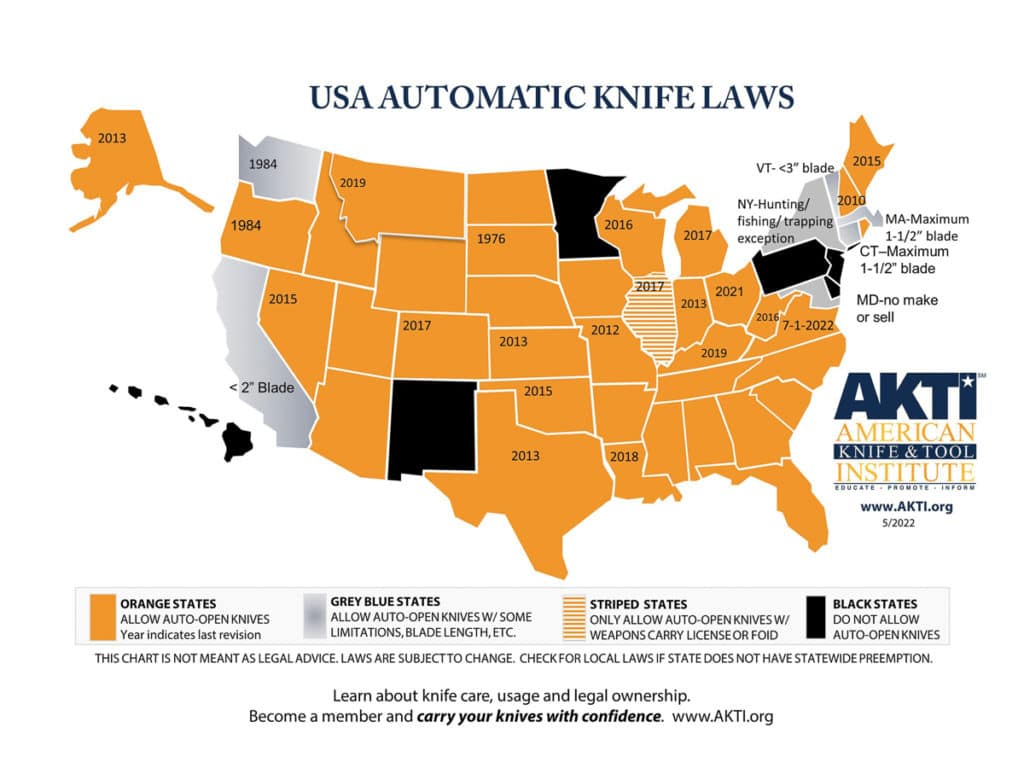
Most of the restrictions have to do with blade length. California allows blades less than 2″, so you’ll see many models available that are 1.9″ long. New York’s rules are more complex but do include allowances for knives while hunting, fishing, and trapping. Connecticut maxes out at 1.5″, while North Dakota restricts length to a maximum of 5″ — no automatic swords in North Dakota, I guess.
Ya Get What Ya Pay For
Automatic OTF knives are available at a variety of price points. You could get one as low as $30, and you could spend over $1,000.
As with all knives, you get what you pay for in build quality and material quality. When you shop, look for a knife that extends fully without slowing each time you deploy it. Look for a blade that doesn’t wiggle or have play when it’s extended. Look for metal frames with scales that feel good. And look for the type of steel and verify that it is of good quality and will hold an edge — if it just says, “stainless”, I’d keep looking.
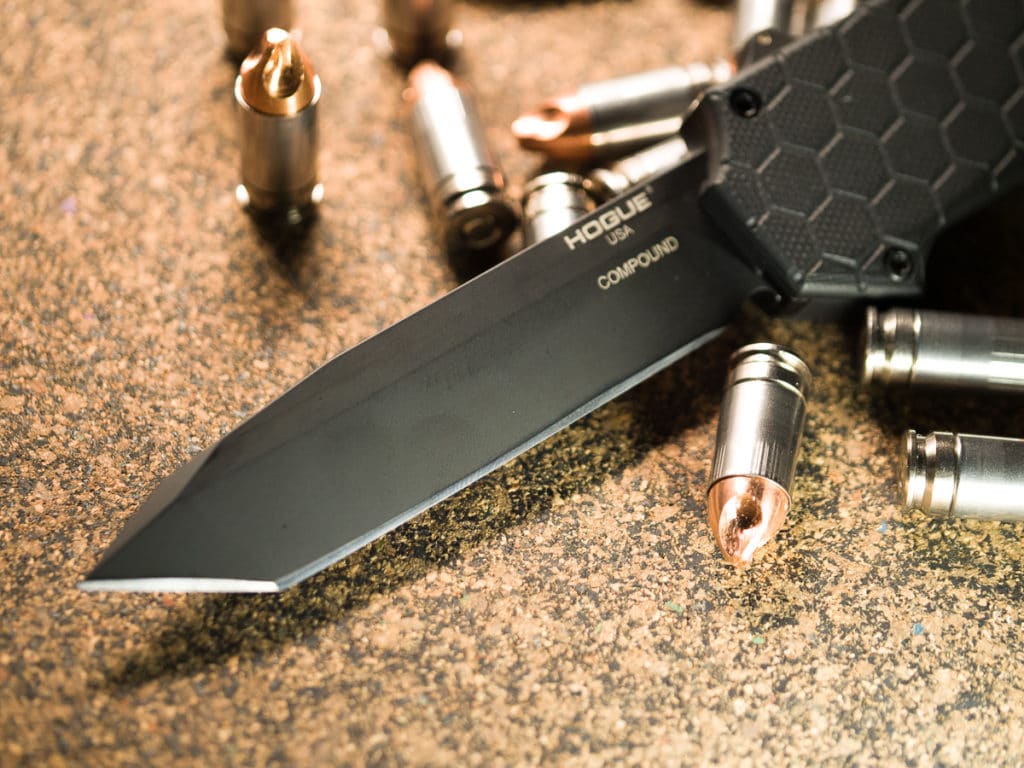
An OTF knife will surprise you with its utility, and your buddies will giggle the first time they deploy it. It’s probably legal to carry one in your state, but check the AKTI site and verify the laws. The way these are built, a quality OTF knife will last a lifetime.
